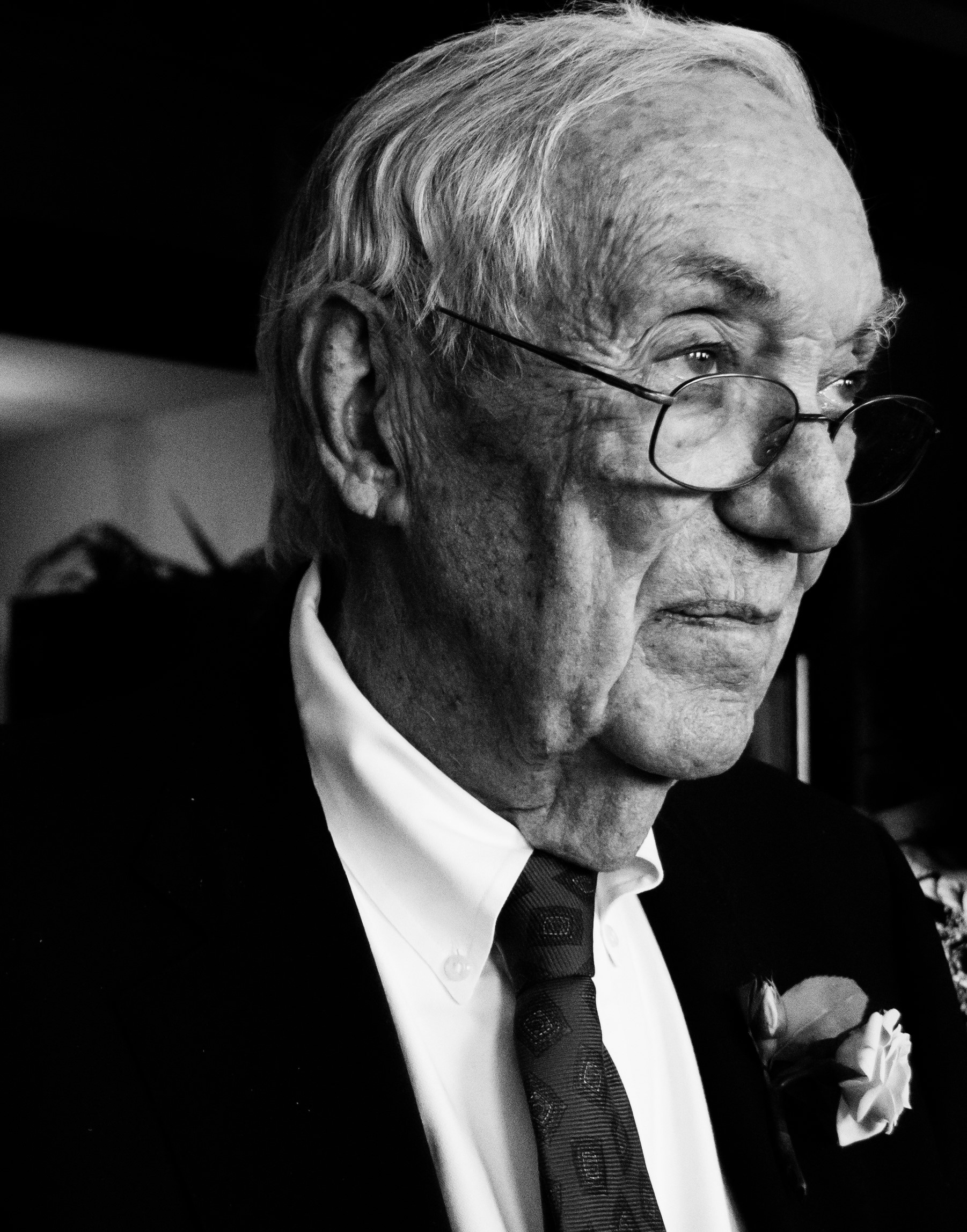
Dr. Wilson is a neurophysiologist whose first experiments were on reflex circuitry in the mammalian spinal cord. He discovered a type of synaptic interaction known as disinhibition—excitation by removal of inhibition, previously observed only in an invertebrate, the horseshoe crab, by the laboratory of H. Keffer Hartline. Subsequently, his studies concentrated on the vestibular system, which acts as a “sixth sense,” contributing to an animal’s perception of its position in space and to its control of balance and posture. His particular interests included the circuitry and behavior of groups of vestibular neurons in the brain stem and their influence on spinal circuits controlling the neck and limbs.
Dr. Wilson is also the coauthor of Mammalian Vestibular Physiology, published in 1979, one of the seminal books on the vestibular system, and is a contributor to The Vestibular System, A Sixth Sense, published in 2012. He received his undergraduate and master’s degrees from Tufts College and, after a year doing research at the University of Cambridge, obtained his Ph.D. from the University of Illinois. He was appointed a research associate at Rockefeller in 1953 and then served in the United States Army as a physiologist at the Walter Reed Army Institute of Research until 1956. Dr. Wilson was named assistant professor in 1958, associate professor in 1962, and professor in 1969.









